
Conference in snowy Aspen brings astrophysicists together
Aspen Winter Conference 2022 Exploring the wonders that lie beyond our planet requires a beautifully collaborative effort; a creative process undertaken by communities of...

Aspen Winter Conference 2022 Exploring the wonders that lie beyond our planet requires a beautifully collaborative effort; a creative process undertaken by communities of...
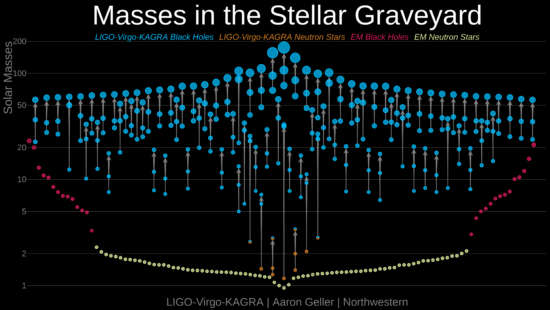
Largest catalog ever assembled, detailing 35 events, released today An international team of researchers, including Northwestern University astrophysicists, has released the largest-ever catalog of...
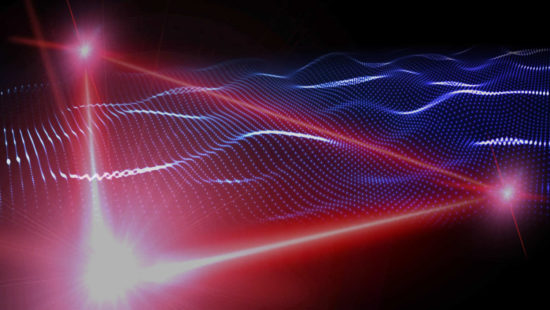
Image Credit: NASA CIERA Research Assistant Professor Giacomo Fragione was selected as one of 6 recipients for a highly-competitive NASA grant to design and...
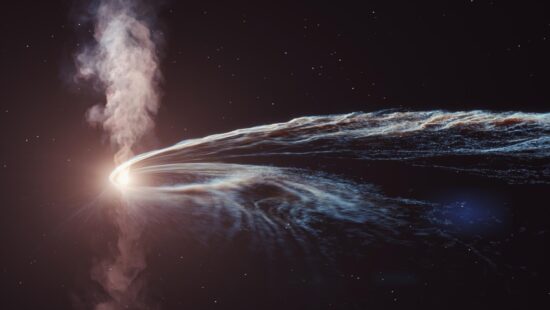
In October 2019, a high-energy neutrino slammed into Antarctica. The neutrino, which was remarkably hard to detect, piqued astronomers’ interest: what could generate such...

The Research Corporation for Scientific Advancement, with support from the National Science Foundation, recently announced that CIERA’s Lindheimer Postdoctoral Fellow Luke Zoltan Kelley has...
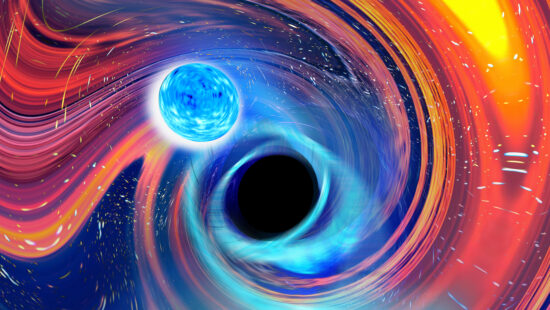
Image credit: Carl Knox, OzGrav/Swinburne (“Rainbow Swirl Refracted” is an artistic image inspired by a Black Hole Neutron Star merger event) A long time...

Six members of the Northwestern University faculty have been elected members of the American Academy of Arts and Sciences, one of the nation’s oldest...
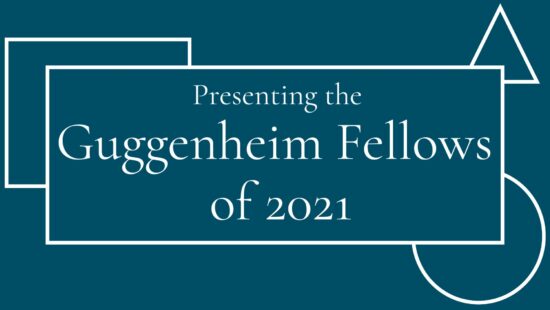
Northwestern University faculty members Mesmin Destin, Vicky Kalogera, Jennifer Lackey and John A. Rogers are among the 2021 Guggenheim Fellows recently named by the John...

The 18th issue (March 2021) of LIGO Magazine is available for download: https://www.ligo.org/magazine/LIGO-magazine-issue18.pdf In this issue, CIERA’s Eve Chase and Caitlin Rose (University of...

We are pleased to announce the following postdoctoral researchers joining CIERA this summer and fall, 2021. Welcome! CIERA Postdoctoral Fellows Tarraneh Eftekhari (Harvard) joins...
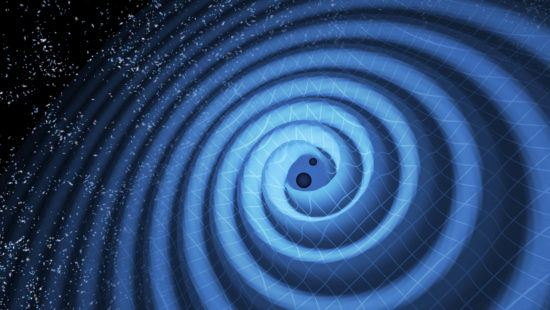
Dr. Christopher Berry, a research professor at Northwestern and lecturer at the University of Glasgow, has been named this year’s recipient of a Young...

When the first black hole collision was detected in 2015, it was a watershed moment in the history of astronomy. With gravitational waves, astronomers...